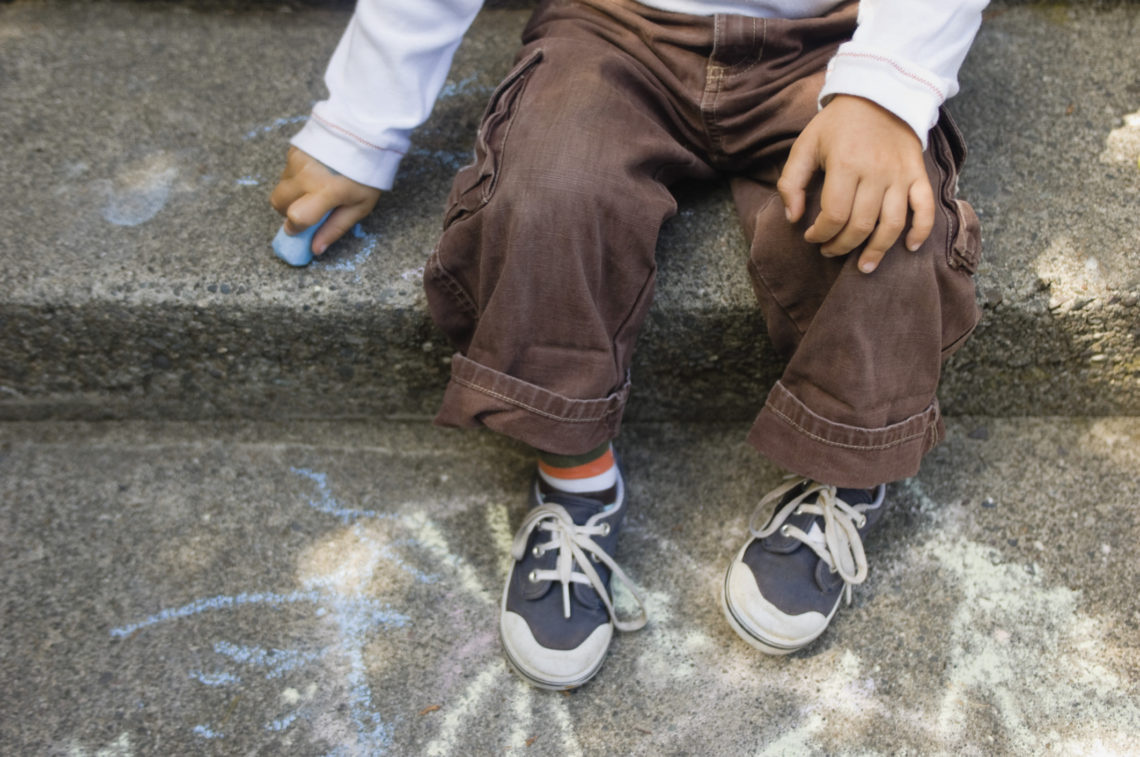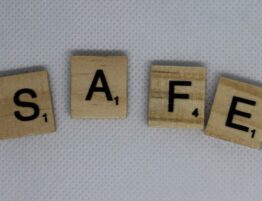
Creativity is a hot topic these days, but the idea is sometimes misunderstood. Here are two myths that could actually squelch creativity if believed.
Myth #1 – You are born creative or you’re not.
Creativity is not a gene that’s passed on like red hair. It can be developed. We are all born natural problem solvers. And problems require us to get creative. We might create a new solution or even express how we feel about the problem as a way to process it.
I’m pretty confident that you as a parent are creative—a lot. It’s the nature of the job! Your child doesn’t want to eat dinner, so you pass out kid chopsticks or set up a picnic in the middle of the floor to change things up. Your teen doesn’t seem to want to hang out or talk anymore—so you plan a day full of his favorite or new things and surprise him by inviting close friends. We’re all creative—we’re just aren’t necessarily seeing or naming all that we do as using our “creativity”.
The next time there’s a problem, try inviting your kids or teens into the action. Say “I wonder what we should do…” and trail off. Their amazing minds will start to fill in the blank automatically. You can build on or bounce off their ideas.
Myth #2 – Creativity happens in an instant—out of nowhere.
Actually, creativity is rarely making something from nothing—that’s God’s job. Instead, creativity is more like making new connections or combining things in a different way.
One of my favorite movie examples of this was in Apollo 13 when something on the shuttle broke way out in space. An engineer walks into a crowded conference room and dumps a bag of stuff in the middle of the table and basically says, “This is what they’ve got up there—so we’ve got to find a way to fix the problem using just this—oh and they’re running out of air!”
Creativity is a process and it actually thrives on challenge, so constraints—like using only certain materials or having a time limit—are actually helpful.
Here are some quick tips to try to develop creativity in your kids (and yourself):
Create challenge scenarios by providing a few simple resources. Here’s a few ideas to start:
Play improv charades with younger kids. Grab some random items from around the house and put them in a basket or big bag. Pull one out at a time, take turns and see how many ways you can use it, except for the right way! Example: a spatula can be a microphone, a brush, a wand, and a baseball bat.
Create Mad Libs with older kids. Brainstorm some of their favorite things and activities—it could be music, games, food or people. Randomly mix and match some of them to see what kind of new something can be made by combining different elements. See which of your original creations you might want to try.
Embrace Real Challenges. More than anything, creativity is an attitude. We’ve got to positively model it—which basically means talking through the process out loud instead of just mentally brainstorming and solving things all by ourselves. This way our kids and teens can see it’s a natural and normal part of everyday life.
Try reframing negative problems or frustrations into an exciting challenge whenever possible—rub your hands together as you start to wonder about all the different things you could try– “What if…?” and “How about…?” Be loud and proud that your family is the type of people that like and thrive on challenges.
What other myths did I miss that prevent us from raising creative kids? What other things would you add to this list to develop more creativity in our kids? I’d love to continue the conversation, so add your comments below.





